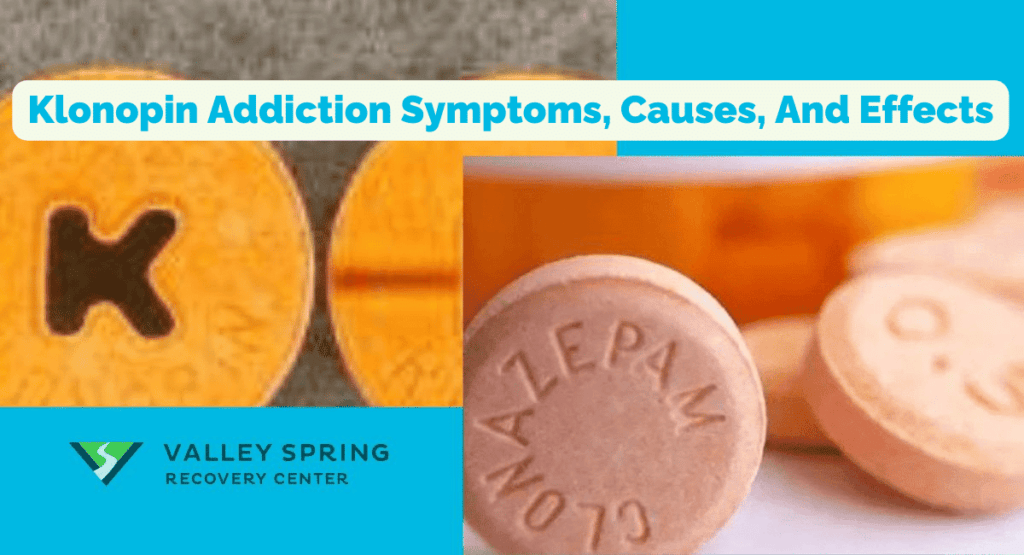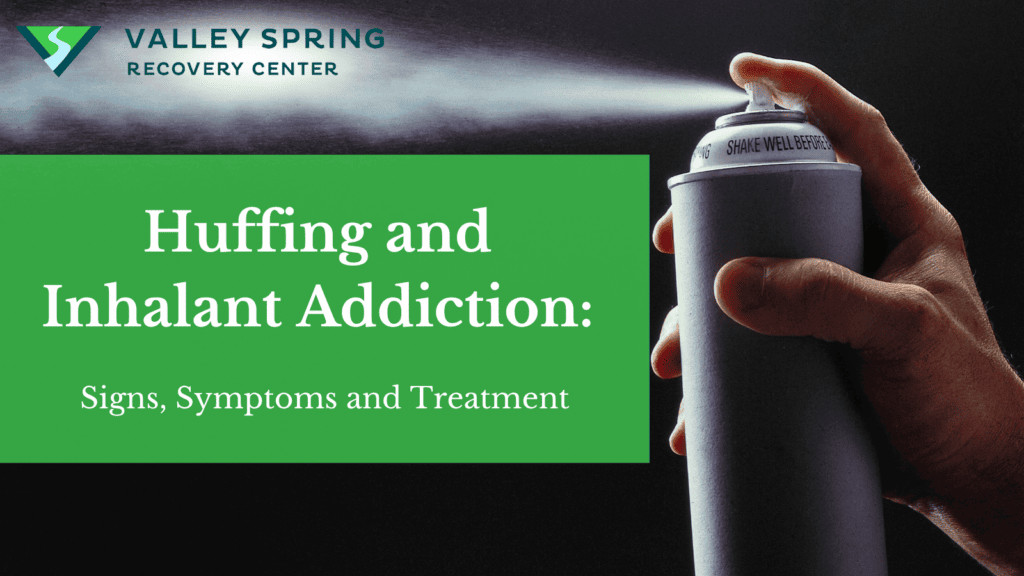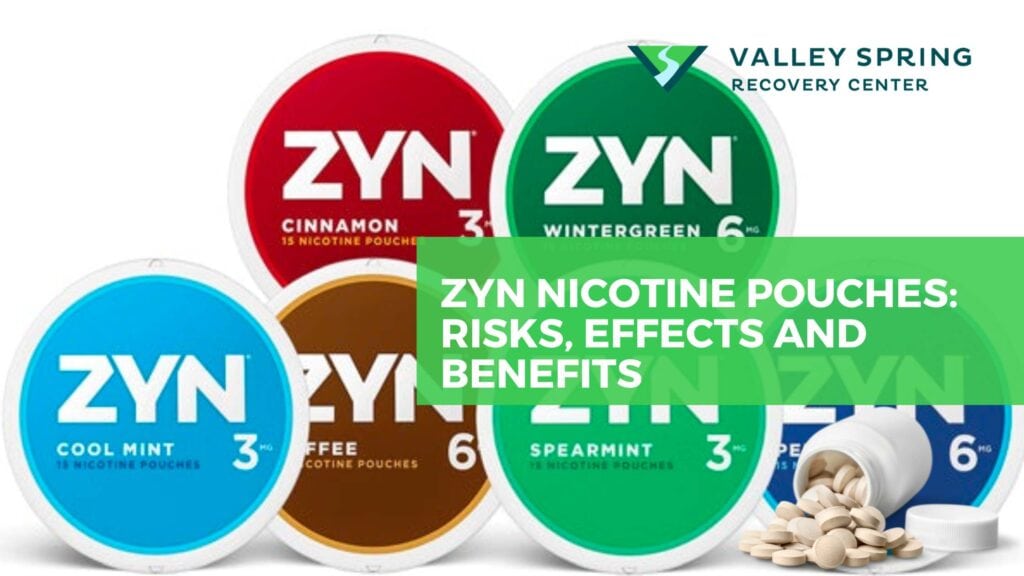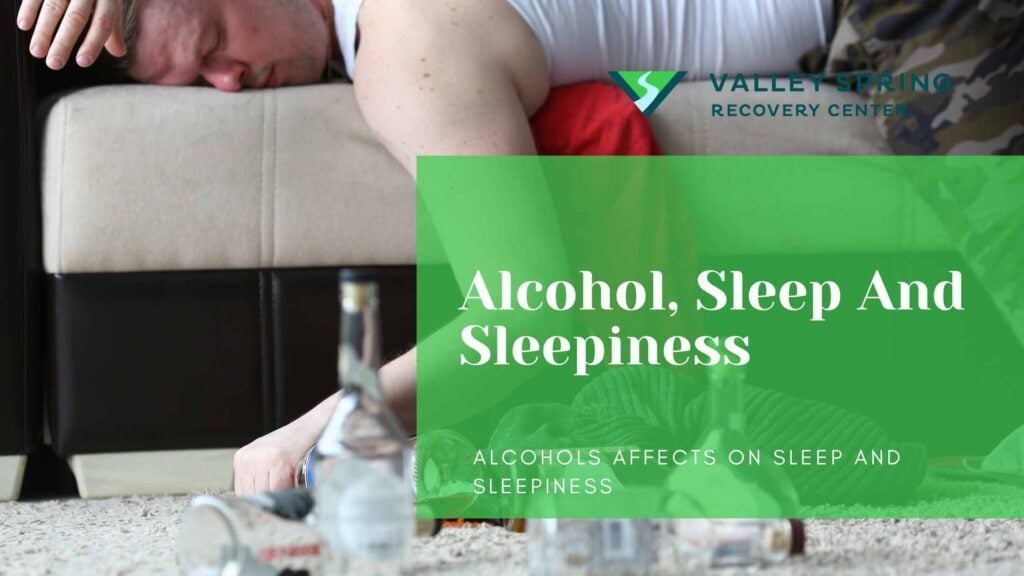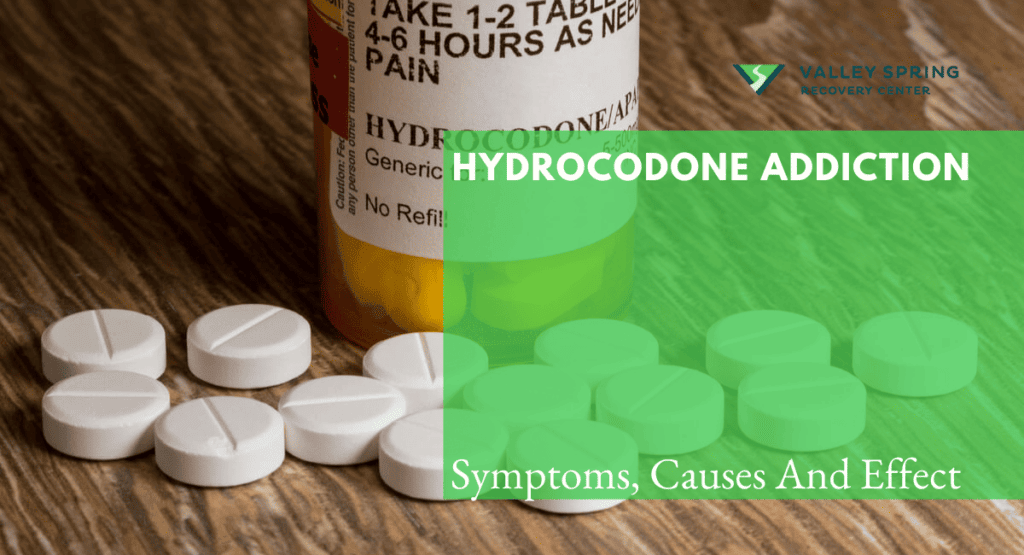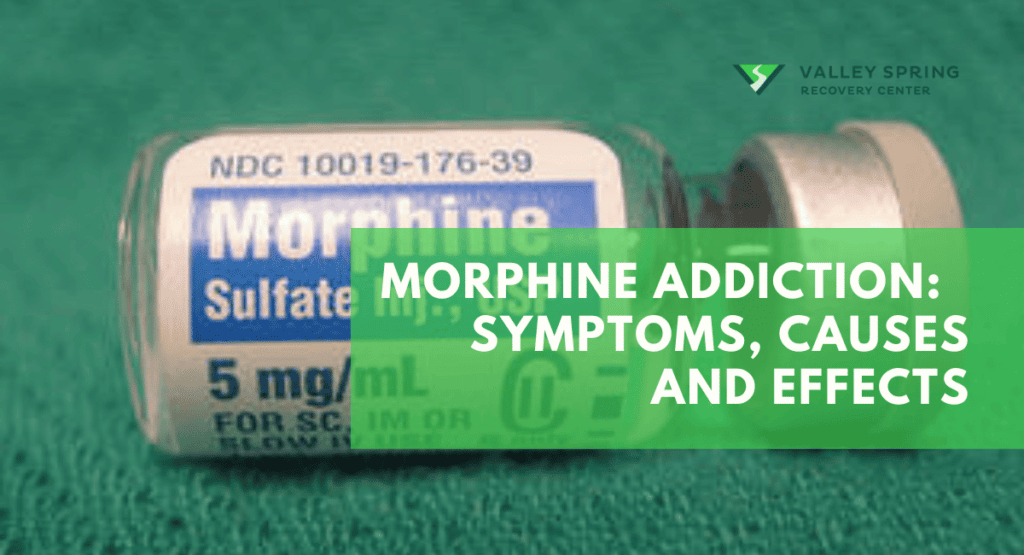Klonopin addiction is a growing concern globally that ensnares young and old people in a cycle of dependence, leading to devastating consequences for mental and physical health. If you or a loved one are battling Klonopin addiction, there’s hope for you if you reach out to a specialist.
The symptoms of Klonopin addiction encompass escalating tolerance, withdrawal distress, cognitive impairment, social isolation, and reckless drug-seeking behavior, all signifying the profound impact of this dependence.
The causes of Klonopin addiction often include prolonged therapeutic use, psychological factors such as anxiety, and recreational misuse. With its potent calming effects, it entices you into a dangerous cycle of dependence.
The effects of Klonopin addiction can be severe, including cognitive decline, mood disturbances, strained relationships, physical health deterioration, and heightened risk of overdose. You must seek immediate intervention to save yourself or your loved one from diving deeper, leading to permanent health issues.
What Is Klonopin?
Klonopin, or clonazepam, is a medication classified as a benzodiazepine that is commonly used to treat anxiety disorders, panic attacks, and certain types of seizures due to its calming and sedative effects according to the National Alliance on Mental Illness.
Klonopin is composed primarily of clonazepam as the active ingredient, along with various inactive components in its formulation. Clonazepam works in the brain by enhancing the effects of a neurotransmitter called gamma-aminobutyric acid (GABA).
GABA is an inhibitory neurotransmitter that reduces brain activity, leading to a calming and sedative effect. By increasing GABA’s influence, Klonopin helps to alleviate anxiety, reduce seizures, and promote relaxation.
However, this mechanism of action can also lead to sedation, muscle relaxation, and cognitive impairment when taken in excessive doses or for extended periods, which are factors contributing to its potential for addiction and dependence when not used as prescribed.
Why Is Klonopin Addictive?
Klonopin addiction is a chronic condition marked by the compulsive consumption of Klonopin, even when faced with significant risks and negative outcomes. Klonopin is a prescription medication with a high potential for abuse and dependency. Individuals addicted to Klonopin persist in using the drug because of the calming and relaxing effects that come from the high despite evident detrimental effects. The addiction frequently entails both physical and psychological dependence, meaning that reducing or discontinuing Klonopin use can result in withdrawal symptoms.
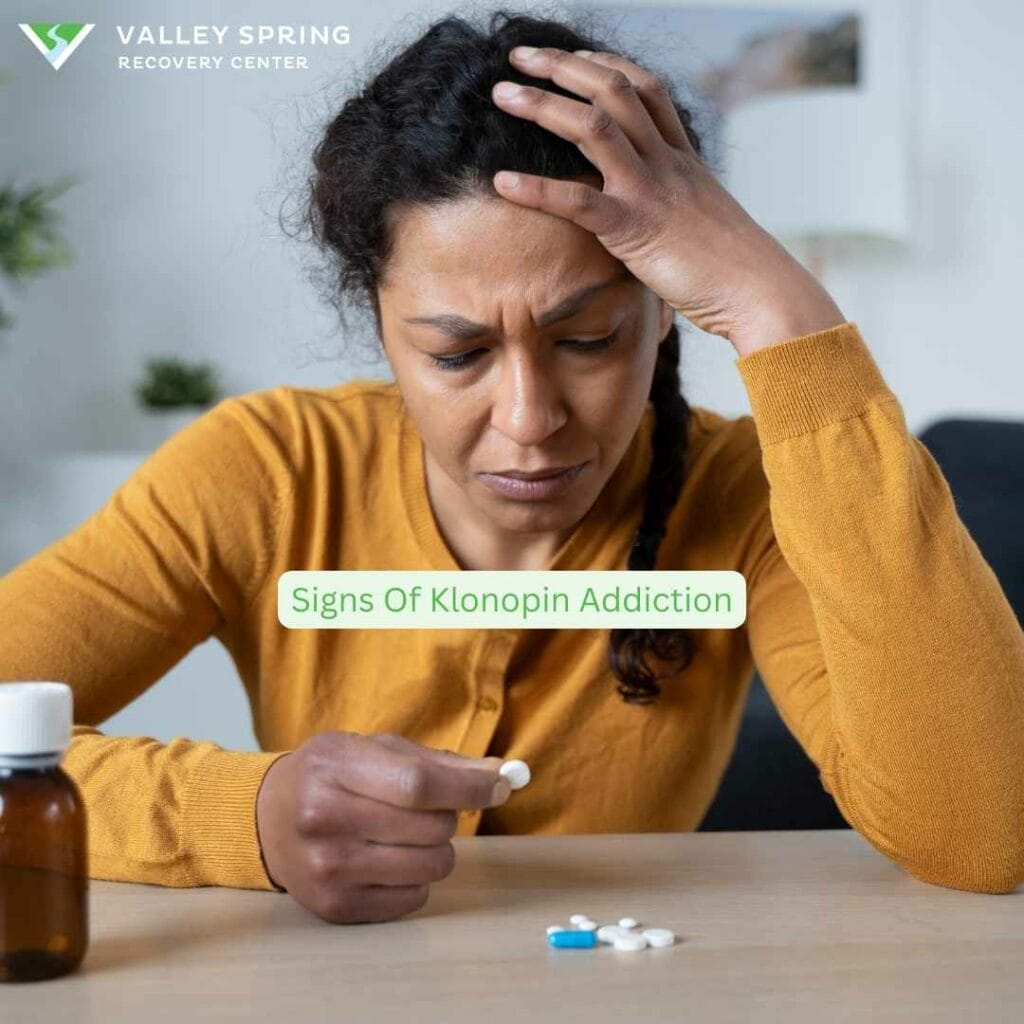
What are the signs and symptoms of Klonopin addiction?
Klonopin addiction symptoms can range from physical to emotional to psychological, affecting your daily life and making it difficult for you to carry out regular bodily and mental functions. You may also notice a consistent decline in your social life.
- Increasing Tolerance
- Withdrawal Symptoms
- Compulsive Use
- Neglecting Responsibilities
- Social Isolation
- Physical Health Issues
- Mood Changes
- Continued Use Despite Consequences
- Failed Attempts to Quit
- Risk-taking behavior
What are the causes of Klonopin addiction?
If you or a loved one find yourself slipping into Klonopin addiction, the following could be some of the causes:
- Prolonged Therapeutic Use: If you have used Klonopin for an extended period to manage anxiety or seizures, you may begin to become tolerant to and dependent on the drug.
- Underlying Mental Health Issues: People battling anxiety or panic disorders may be more prone to misuse Klonopin to alleviate their symptoms.
- Recreational Use: Taking Klonopin for its calming effects, even without a prescription, can lead to addiction.
- Genetics: If you or a loved one are struggling with Klonopin misuse, you may have a genetic predisposition to substance abuse disorders.
- Environmental Factors: Exposure to a social or family environment where drug use is prevalent can increase the risk.
- Psychological Factors: Coping with stress, trauma, or emotional pain through drug use.
- Peer Pressure: Influence from friends or peers who misuse drugs.
- Easy Access: Having easy access to Klonopin can facilitate misuse and addiction.
- Lack of Education: Most of the people who abuse Klonopin aren’t fully aware of the risks associated with the drug.
It’s essential to understand these causes and seek help when needed to prevent and treat Klonopin addiction effectively.
What are the effects of Klonopin addiction?
Although Klonopin is effective for treating severe conditions like epilepsy and anxiety under close supervision, it can also result in severe physical and mental health complications if you misuse it. Some of the effects of Klonopin addiction include:
- Physical dependence
- Tolerance
- Withdrawal symptoms
- Cognitive impairment
- Sedation
- Muscle relaxation
- Risk of overdose
- Respiratory depression
- Mood swings
- Impaired coordination
- Isolation and withdrawal from social activities
- Financial difficulties
- Legal issues
- Strained relationships
- Decline in overall health and well-being.
If you or a loved one are already experiencing any of these effects, speak with a specialist as quickly as possible to find the right treatment program for you.
What makes Klonopin addictive: How does it affect the brain?
Klonopin can affect your brain by enhancing the activity of GABA, an inhibitory neurotransmitter, which means it reduces brain activity and has a calming effect. With prolonged use or overuse, that calming effect can quickly turn into addiction. Here’s a breakdown of how Klonopin affects your brain:
- Increased GABA Activity: Klonopin binds to specific receptors in the brain called GABA receptors. By binding to these receptors, it increases the inhibitory effects of GABA, leading to a reduction in neuronal activity.
- Anxiety Reduction: This increased inhibitory activity helps calm excessive brain activity, making it an effective medication for treating anxiety disorders. It can reduce feelings of panic and excessive worry.
- Muscle Relaxation: Klonopin’s effects on GABA receptors also result in muscle relaxation, making it useful for certain types of seizures and muscle-related conditions.
- Sedation: Klonopin can cause drowsiness and sedation due to its impact on brain activity. This sedative effect can be beneficial for sleep disorders or in situations where relaxation is needed.
However, the calming and sedative effects of Klonopin can also lead to tolerance, dependence, and potential addiction when the drug is used for an extended period or in higher doses than prescribed.
How was Klonopin discovered?
Klonopin, the brand name for clonazepam, was discovered by the Swiss pharmaceutical company Hoffmann-La Roche. The development of clonazepam dates back to the 1960s. It was synthesized as part of research into new benzodiazepine compounds, a class of drugs known for their sedative and anxiolytic (anxiety-reducing) properties.
Dr. Leo Sternbach, a chemist at Hoffmann-La Roche, played a significant role in the discovery of clonazepam. He had previously been involved in the discovery of another benzodiazepine, Valium (diazepam), and continued to explore the development of new medications in this class.
Clonazepam, with its unique properties, was found to be effective in treating epilepsy and certain anxiety disorders. It was patented in the early 1960s, and it gradually became available for medical use in various countries under the brand name Klonopin.
Since then, Klonopin has been used to manage conditions such as epilepsy, panic disorder, and various forms of anxiety. However, its potential for dependence and addiction has led to careful prescription practices and monitoring by healthcare professionals. according to Lauren Brande of drugabuse.com
How do people consume Klonopin?
The only legal way to use Klonopin (clonazepam) is when it is prescribed by a healthcare provider to manage specific medical conditions. It is available in tablet and disintegrating tablet forms and the way it is used depends on the condition being treated:
- Anxiety Disorders: Klonopin would be prescribed to you if you’re struggling with anxiety disorders. In this case, it is typically taken orally in tablet form, either once or multiple times a day, as directed by your doctor. The dosage and frequency are determined based on the severity of the anxiety.
- Panic Disorder: Klonopin can be used to manage panic disorder. You may be advised to take it as needed when you experience panic attacks or on a regular schedule to prevent them.
- Epilepsy and Seizures: For patients battling epilepsy or certain types of seizures, Klonopin may be part of their treatment regimen. It is taken regularly to help control seizures and reduce their frequency.
If your doctor has prescribed Klonopin to you for any of the above health conditions, ensure to use it as prescribed and never use it for extended periods without the close supervision of a medical expert.
How are people supposed to use Klonopin?
Due to the potential for dependency and addiction, Klonopin should be taken strictly as prescribed by a healthcare provider. Dosage varies based on individual factors like medical history, age, and treatment response, with children’s doses determined by weight. Typically, the medication is initiated at a low dose to minimize side effects, and adjustments should only be made under medical supervision. Klonopin reaches its peak effectiveness within 1-4 hours post-administration, with effects lasting up to 12 hours, allowing for less frequent dosing compared to other anti-anxiety medications like Xanax. Abrupt discontinuation can lead to severe withdrawal symptoms, including increased seizures or anxiety, and should be avoided. Long-term or high-dose use can result in tolerance and increased risk of misuse, emphasizing the need for regular medical oversight.
What are the treatment options for Klonopin addiction?
Treatment for Klonopin addiction typically involves a combination of medical, psychological, and behavioral interventions. Sometimes, you may be taken through a combination of treatment options to ensure a thorough recovery and eliminate the chances of a relapse. Below are some common treatment options for Klonopin addiction:
- Medical Detoxification: The first step is often medical detoxification. This involves gradually tapering off Klonopin under medical supervision to manage withdrawal symptoms safely.
- Inpatient or Outpatient Rehabilitation: Depending on the severity of the addiction, you may be allowed to choose inpatient (residential) or outpatient rehabilitation programs. Inpatient programs offer 24/7 care, while outpatient programs allow you to attend treatment sessions while living at home.
- Therapy and Counseling: Behavioral therapies, such as cognitive-behavioral therapy (CBT) and contingency management, are commonly used to address the psychological aspects of addiction and develop coping strategies.
- Support Groups: Participation in support groups like Narcotics Anonymous (NA) or SMART Recovery can provide valuable peer support and encouragement during recovery.
- Medication-Assisted Treatment (MAT): In some cases, healthcare providers may prescribe medications to help manage cravings and prevent relapse. Medications like buprenorphine or naltrexone can be useful.
- Individualized Treatment Plans: Treatment plans are usually tailored to your specific needs, addressing any co-occurring mental health disorders or other underlying issues contributing to addiction.
- Education and Relapse Prevention: Learning about the risks of Klonopin addiction and developing relapse prevention strategies are essential components of treatment.
- Holistic Approaches: Holistic addiction treatments such as yoga, meditation, and art therapy can be beneficial to you in recovery.
- Family Involvement: Involving family members in therapy and support can enhance the chances of successful recovery and help rebuild relationships.
- Aftercare Planning: Preparing for life after formal treatment is crucial. This may involve continued therapy, ongoing support group participation, and building a strong support network.
If you or a loved one are battling Klonopin addiction, it’s important that you seek professional help and work closely with healthcare providers to determine the most appropriate treatment plan.
Treatment should be comprehensive, addressing the physical, psychological, and social aspects of addiction to promote lasting recovery.
How long does it take to detox from Klonopin?
The duration of Klonopin detoxification (detox) can vary from person to person and depends on several factors, including your level of dependence, the dosage of Klonopin you’ve used, and your overall health.
Generally, Klonopin detox follows a tapering schedule, gradually reducing the dose to minimize withdrawal symptoms and safely remove the drug from the body. A typical Klonopin detox timeline might look like this:
- Initial Phase (1-3 days): During the first few days, you or your loved one may continue taking Klonopin at a reduced dosage to ease the transition and prevent severe withdrawal symptoms.
- Tapering Phase (1-2 weeks or longer): The main detox process involves gradually reducing the dose of Klonopin over several weeks or longer. This slow tapering helps your body adjust to decreasing levels of the drug, minimizing withdrawal discomfort.
- Monitoring and Adjustments: Healthcare providers will closely monitor you throughout the tapering process, making adjustments as needed based on your response to withdrawal symptoms.
- Completion of Detox: The detox process is considered complete when you have successfully tapered off Klonopin without experiencing severe withdrawal symptoms. This may take several weeks or even a few months, depending on your needs.
| Phase | Duration | Description |
|---|---|---|
| Initial Phase | 1-3 days | During the first few days, you or your loved one may continue taking Klonopin at a reduced dosage to ease the transition and prevent severe withdrawal symptoms. |
| Tapering Phase | 1-2 weeks or longer | The main detox process involves gradually reducing the dose of Klonopin over several weeks or longer. This slow tapering helps your body adjust to decreasing levels of the drug, minimizing withdrawal discomfort. |
| Monitoring and Adjustments | Throughout Tapering Phase | Healthcare providers will closely monitor you throughout the tapering process, making adjustments as needed based on your response to withdrawal symptoms. |
| Completion of Detox | Varies (weeks to months) | The detox process is considered complete when you have successfully tapered off Klonopin without experiencing severe withdrawal symptoms. This may take several weeks or even a few months, depending on your needs. |
Following detox, it is wise that you engage in further rehabilitation and therapy to address the psychological and behavioral aspects of addiction and develop strategies for maintaining long-term sobriety.
The specific duration of detox should be determined by a healthcare professional experienced in addiction treatment, as they can tailor the process to your unique circumstances and needs.
Attempting to detox from Klonopin without medical supervision can be dangerous, as severe withdrawal symptoms can occur, including seizures, which can be life-threatening. Therefore, seeking professional help for Klonopin detox is strongly recommended.
How long does Klonopin stay in someone’s system?
The duration Klonopin remains in one’s system varies based on individual factors like age, health, metabolic rate, and duration of use. Withdrawal from Klonopin is generally categorized into three phases: Early Withdrawal, Acute Withdrawal, and Late or Protracted Withdrawal. The drug has a half-life ranging from 18 to 50 hours, with withdrawal symptoms typically manifesting 1-3 days after the last dose. Early withdrawal can last 2-4 days and may include rebound symptoms like heightened anxiety or seizures. Acute withdrawal peaks within two weeks, featuring intense symptoms such as gastrointestinal issues and mood swings. Protracted withdrawal can extend for weeks or months, depending on addiction severity. Abrupt discontinuation without medical intervention can exacerbate and prolong withdrawal symptoms.
Symptoms of withdrawal from Klonopin addiction
It is ill-advised to discontinue the use of Klonopin without professional help, as withdrawal from Klonopin (clonazepam) addiction can be accompanied by various symptoms, and their severity can vary from person to person. If you or a loved one are trying to withdraw from Klonopin use, below are some symptoms you may experience:
- Anxiety: You may begin to experience intense feelings of anxiety, restlessness, and nervousness, which are common during withdrawal.
- Insomnia: Difficulty falling asleep or staying asleep, leading to sleep disturbances and fatigue.
- Panic Attacks: Sudden and intense episodes of fear, often accompanied by rapid heartbeat, sweating, and shortness of breath.
- Muscle Tension and Pain: Muscle aches, tension, and stiffness can be present.
- Tremors: Shaking or tremors, especially in the hands.
- Nausea and Vomiting: Gastrointestinal symptoms like nausea and vomiting may occur.
- Sensory Disturbances: You may experience tingling sensations or heightened sensitivity to light and sound.
- Hallucinations: In severe cases, hallucinations or perceptual disturbances can occur.
- Seizures: Abrupt cessation of Klonopin, especially if you’ve been taking high doses, can lead to seizures, which are a medical emergency.
- Depression: Feelings of depression, sadness, and low mood may be present.
- Irritability and Agitation: Increased irritability and restlessness can make it challenging to cope with daily life.
- Cognitive Impairment: You may find difficulty with memory, concentration, and cognitive function.
- Cravings: You may experience intense cravings for Klonopin, which may persist during withdrawal, contributing to the risk of relapse.
What is the difference between Klonopin and Xanax?
Klonopin (Clonazepam) and Xanax (Alprazolam) are both benzodiazepines but differ in their duration, onset of action, and medical applications. Klonopin has a longer duration of up to 6-12 hours and is primarily used for treating seizures and panic disorders. It has a slower onset and is metabolized more slowly, leading to prolonged effects. On the other hand, Xanax acts quickly, often within 15-30 minutes, and is mainly used for treating anxiety and panic disorders. Its effects last about 4-6 hours and it has a higher potential for abuse due to its rapid onset.
Both medications come with their own set of risks, including dependency and potential for abuse. Klonopin is generally considered to have a lower potential for abuse and may have less intense but longer-lasting withdrawal symptoms. Xanax, with its shorter half-life, may lead to more intense withdrawal symptoms that resolve more quickly. It’s crucial to consult healthcare providers for a personalized treatment plan, as drug interactions may also vary between the two medications. Blood Pressure
What Happens When You Mix Benzos with Blood Pressure Medication?
Blood Pressure medication lowers your heart rate and blood pressure, and so does Xanax. Mixing Xanax and blood pressure medication can be fatal.
Where to Get Help For Klonopin Addiction
Klonopin addiction is a complex issue with profound impacts which makes it important to choose the right provider to help with recovery from the addiction. Recovery is possible with empathy and support. If struggling with Klonopin addiction, reaching out to professionals for treatment and guidance is essential. Early intervention plays a pivotal role, as identifying and addressing addiction in its early stages can prevent further harm.
A holistic approach to treatment considers physical, psychological, and social factors, offering the best chance for sustained recovery. Having a strong support network, including family, friends, and healthcare providers, significantly enhances the prospects of successful rehabilitation.
Treatment for Klonopin addiction is available at Valley Spring Recovery Center in Northern New Jersey. Contact our admissions team to get the care you need today. Our team is standing by 24/7 with availability to help guide you through the process of going to rehab.
Sources
https://www.nami.org/Search?searchtext=klonopin&searchmode=anyword
https://drugabuse.com/benzodiazepines/klonopin/history-statistics/
Kristie Ashe
All author postsShare This Post

